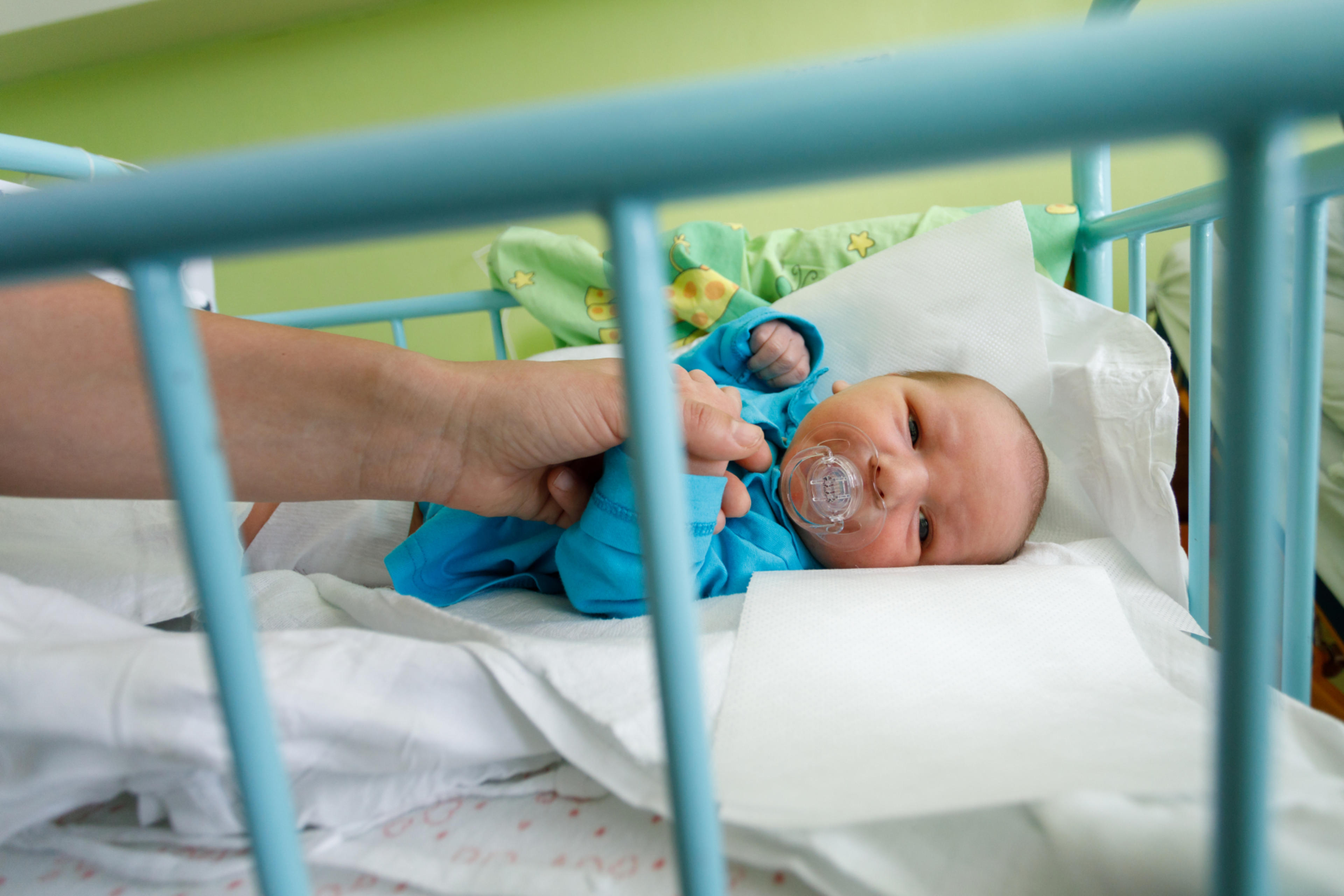A woman with diabetes can give birth vaginally by the due date as long as the pregnancy has gone well, the baby is in good health and it is not too big for a vaginal birth. In most cases, induced vaginal birth is already planned before the due date.
When a person with diabetes gives birth vaginally, it is important that the labour proceeds smoothly without delays. If the baby’s heart rate monitoring picks up any anomalies during labour, there is a lower threshold for switching to Caesarean section. For a person with diabetes, the likelihood of a Caesarean is 2–4 times higher than average.
If the mother uses insulin, blood sugar is kept at a steady 4–7 mmol/l level during labour to ensure that the baby’s blood sugar does not drop too low after labour.
The use of an insulin pump may be possible, depending on the maternity hospital. If this is the case, the mother herself will set a suitable basal rate. When labor begins, an insulin and glucose infusion can be started intravenously.
If the delivery is done with a planned Caesarean, the surgery takes place in the morning. Basal insulin is administered at about 2–4 units lower than the usual dose during the 1–3 days preceding childbirth, depending on the duration of the basal insulin's effect. If the time for the long-acting injection is in the morning, on the day of the cesarean section it is given only after the delivery. Blood sugar levels can be regulated as needed with insulin and glucose infusions.


